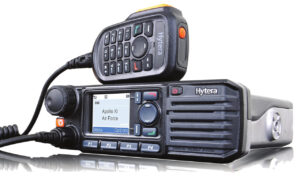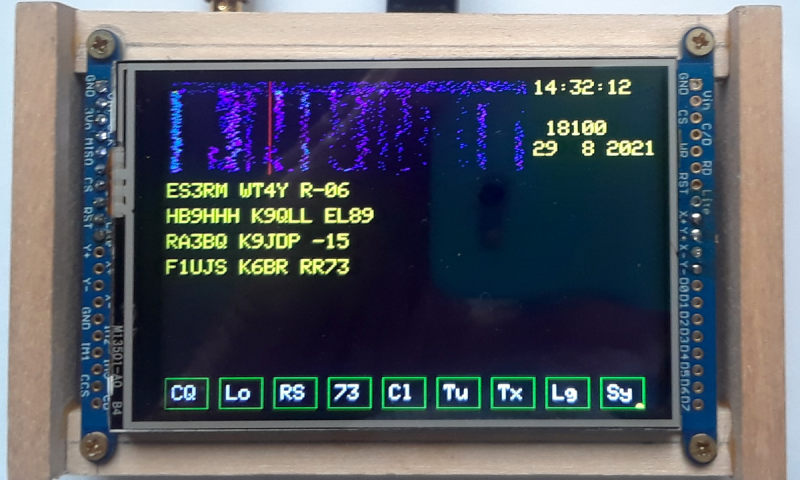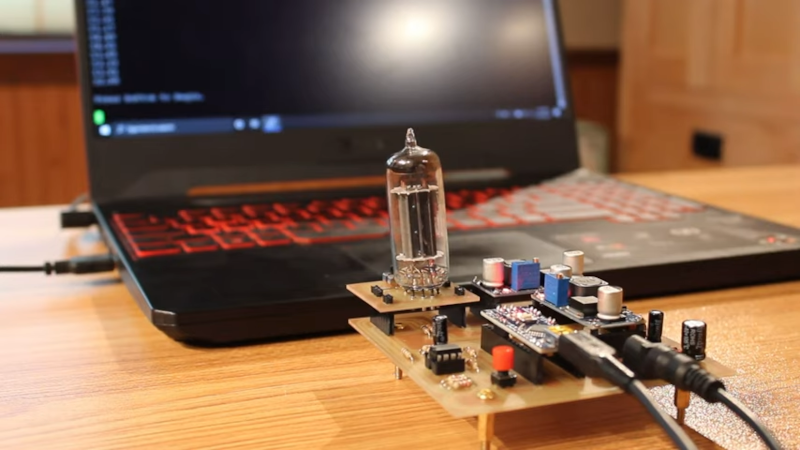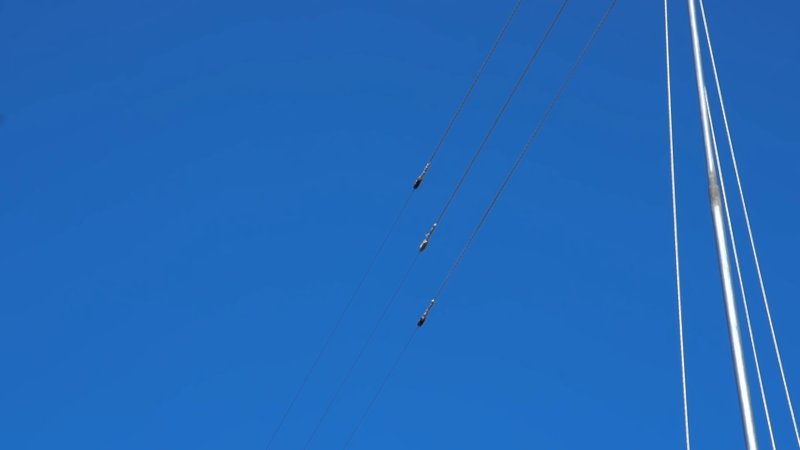 Op 6 september 2021 zijn enkele overeenkomsten getekend waarmee de bestaande 70cm DMR-repeater PI1ZLB formeel is overgedragen aan de Stichting Radioamateurstations Zuid-Limburg. Hiermee is de continuïteit van deze repeater veiliggesteld.
Op 6 september 2021 zijn enkele overeenkomsten getekend waarmee de bestaande 70cm DMR-repeater PI1ZLB formeel is overgedragen aan de Stichting Radioamateurstations Zuid-Limburg. Hiermee is de continuïteit van deze repeater veiliggesteld.
In 2014 hebben o.a. Ralph PD3R en Paul ON2PCO/PD2PCO het initiatief genomen om te komen tot een 70 cm DMR-repeater PI1ZLB in Maastricht. Ten behoeve van verzekering, vergunning en gebruikersovereenkomst met de eigenaar van het gebouw, werd PI1ZLB ondergebracht bij de Stichting Beheer Repeaters Haaglanden.
Om de continuïteit van 2m FM-repeater PI3ZLB te borgen, is enkele jaren geleden door de afdelingen VERON A22 en VRZA A23 de Stichting Radioamateurstations Zuid-Limburg opgericht. Hierdoor kon de 2m-repeater worden voortgezet in Hulsberg.
Op verzoek van Ralph en Paul is onderzocht of het mogelijk was om het beheer van PI1ZLB ook onder te brengen bij de stichting in Zuid-Limburg. Zowel de locatie van PI1ZLB als de technische voorzieningen van het relaisstation passen in de doelstelling van de repeater-stichting. Daarnaast biedt PI1ZLB mogelijkheden voor verdere (experimentele) uitbreidingen van het repeater netwerk in Zuid-Limburg.
Begin 2020 is hierover een principebesluit genomen en zijn er acties aangezet om de vergunning bij AT, de contractuele overeenkomsten tussen gebouweigenaar en de betrokken stichtingen om te zetten, en de verzekering hierop aan te passen. Corona-maatregelen en hoogwater in de Maas hebben echter voor vertraging gezorgd.
De laatste formele stappen en de overdracht zijn nu dus afgerond. Zowel PI1ZLB als PI3ZLB vallen nu onder de Stichting Radioamateurstations Zuid-Limburg. Een aan deze stichting verbonden commissie voert vanaf nu het beheer over beide locaties en plant verdere experimenten met deze repeaters.
Tom PC5D, Stichting Radioamateurstations Zuid-Limburg
Donaties voor de stichting zijn welkom op NL19 RBRB 0706 3170 25 t.n.v. STICHTING RADIOAMATEURSTATIONS ZUID LIMBURG



